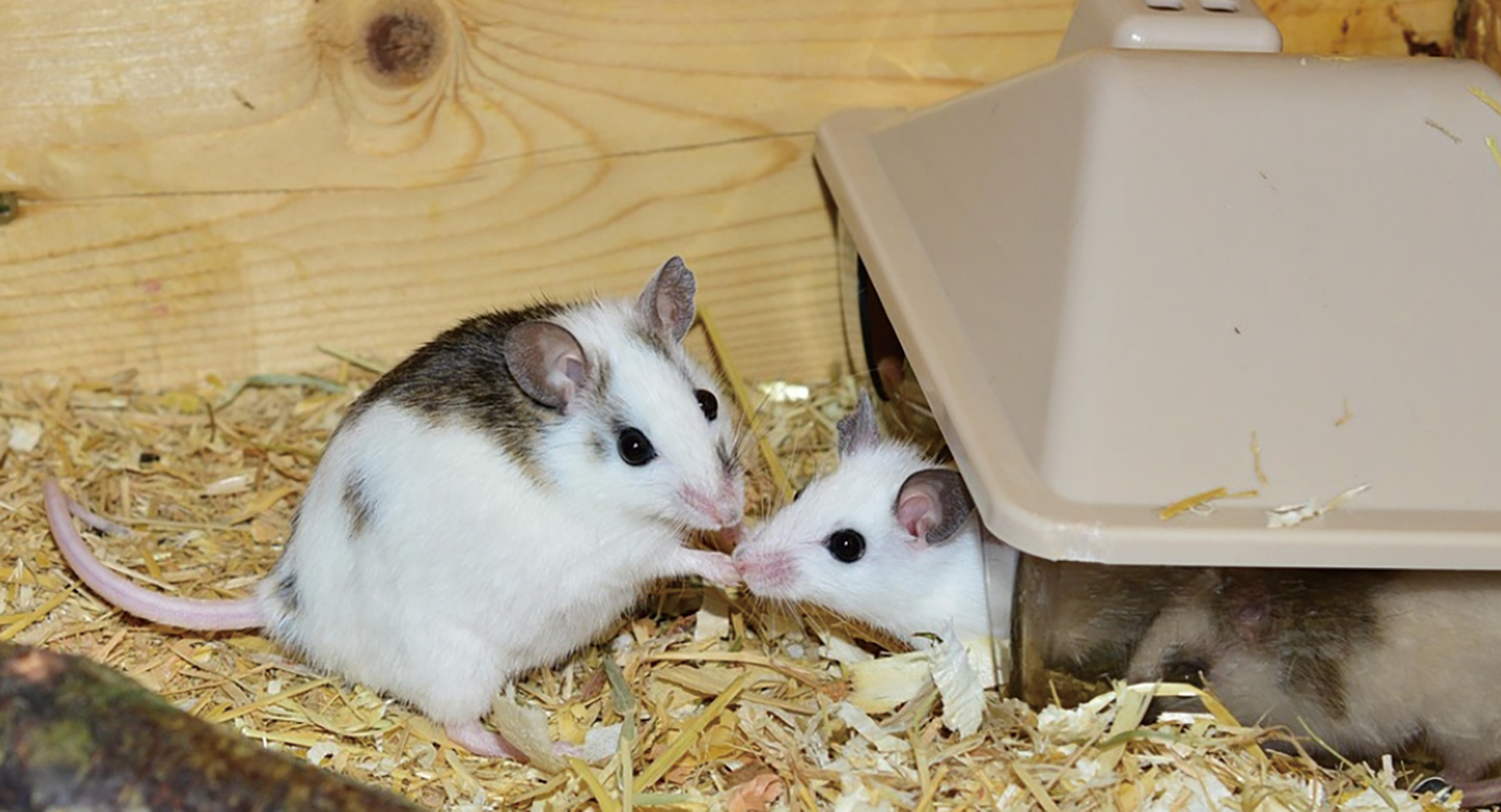Researchers have discovered that mice instinctively exhibit rescue-like behavior towards anesthetized companions—a finding that suggests a biological basis for prosociality. The study, published in PNAS on April 23, 2025, was led by Dr. HU Li from the Institute of Psychology of the Chinese Academy of Sciences (IPCAS) and Dr. CHEN Zhoufeng from Washington University School of Medicine and the Shenzhen Medical Academy of Research and Translation. The research revealed that observer mice showed signs of stress when near an anesthetized peer and engaged in allogrooming and allolicking, which aided recovery and reduced the observer’s stress. The underlying mechanism involves oxytocin (OXT) neurons in the paraventricular nucleus of the hypothalamus, which are activated by the peer’s distress signals. These neurons release OXT, which acts on two pathways—one through the central amygdala for emotional processing and another through the dorsal bed nucleus of the stria terminalis for motor actions—to coordinate the rescue-like behavior. This research offers a new perspective on the biological roots of empathy and social connection.

Mice display altruistic rescue behavior towards peers. (Graphic: IPCAS)

